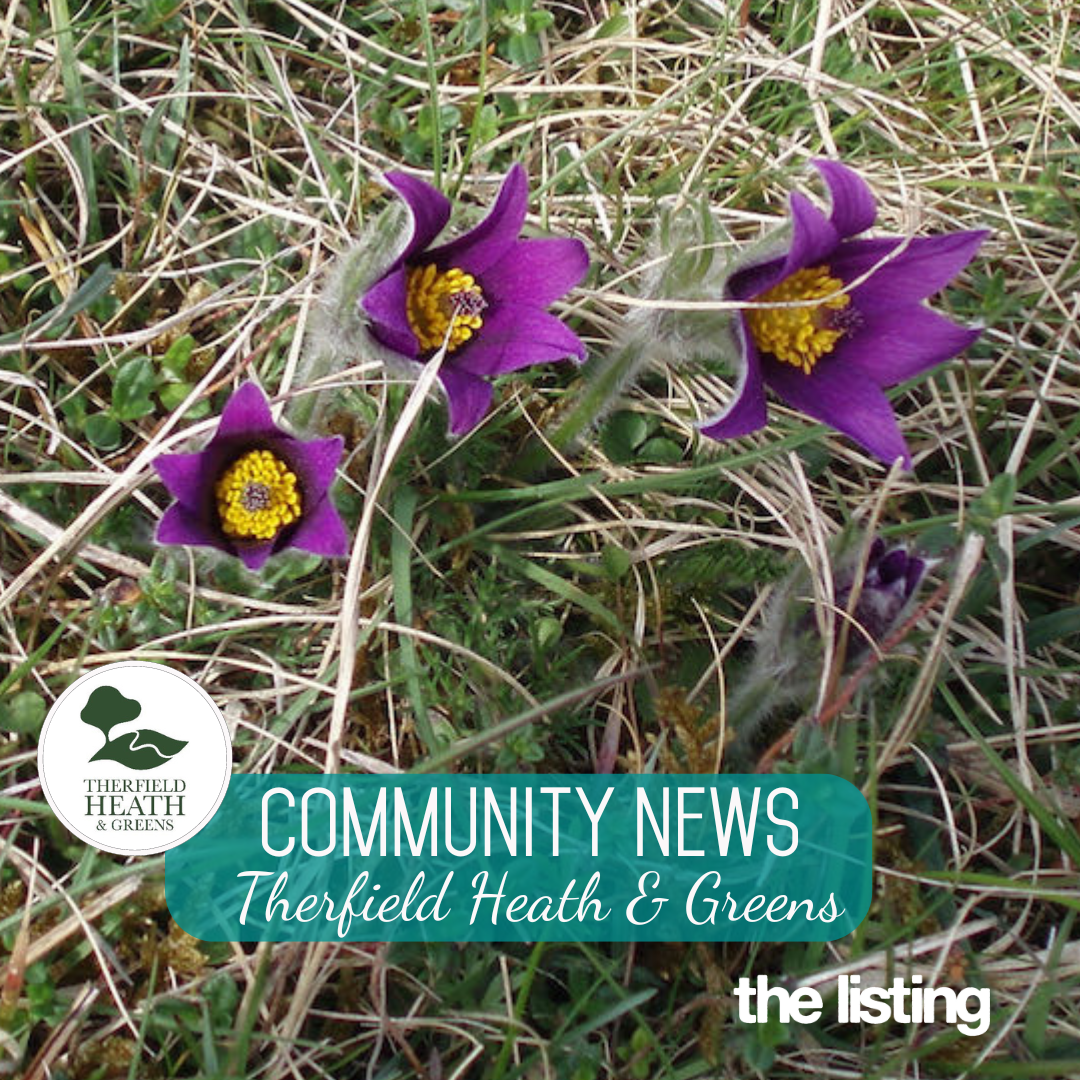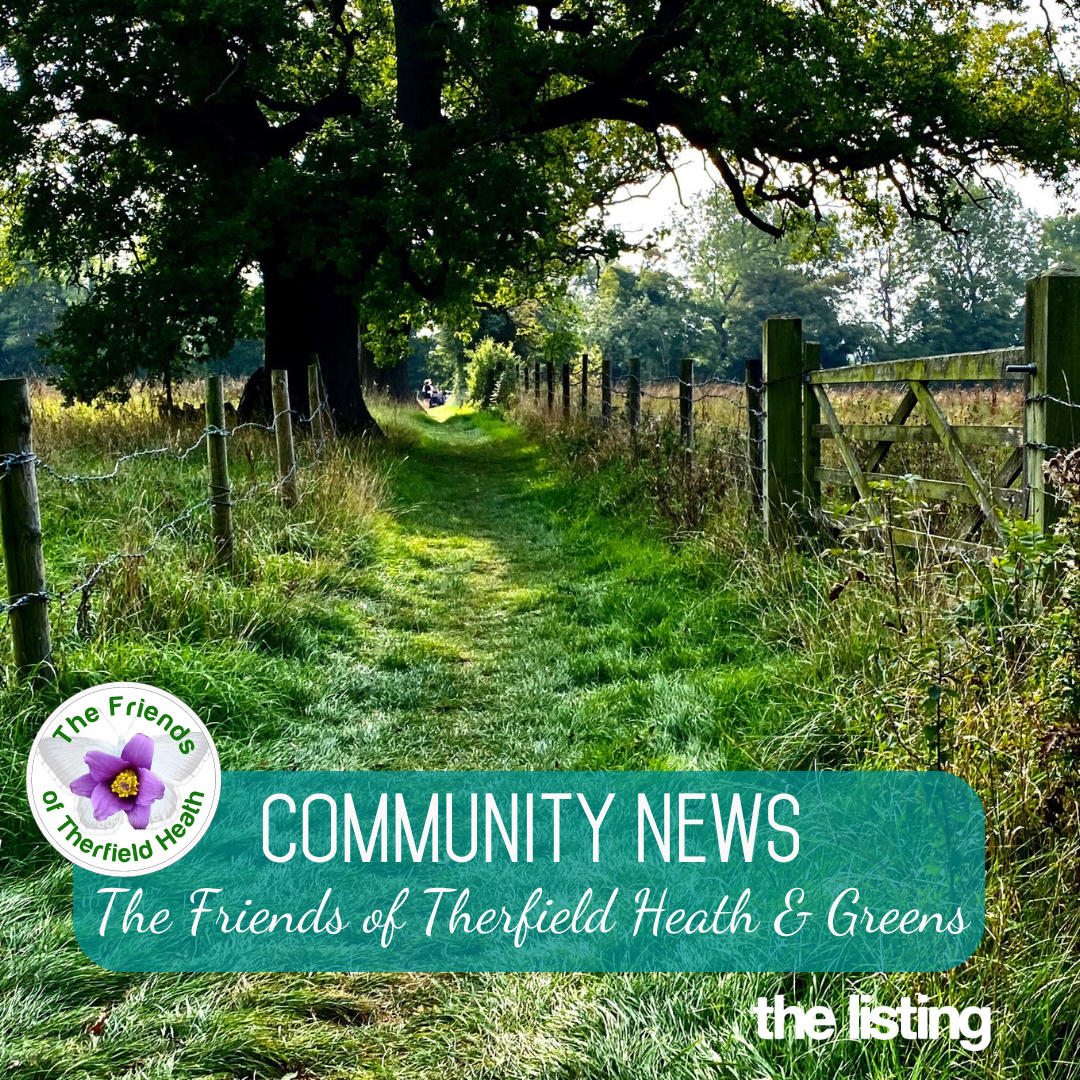Think Garden, Think Richard: Outdoors is the Place to… Plant for the Future
In this series of articles, I look to challenge you about how you look at your garden in these changing times and reflect on how important our outside time is to nourish ourselves and our loved ones. I have recently had Covid and been isolating at home. It has been difficult having my connection with nature severed for 10 days when every fibre of my being is drawing me out toward the fresh air, sunshine and sounds of the natural world.
I am a strong believer that nature has a key role to play in effecting our sense of wellbeing and connection to the land. We are all having to learn how to do more with less at this moment and I think the gifts that nature can offer when you tune in are source of great treasure. This month I want to steer your attention toward planting for the future and helping the wildlife in your local patch by planting a section of native hedging or a small tree. The bare root season begins this month so it is a great time to consider how a well-positioned specimen tree or section of native hedging could help define the structure of your outside space. As with all growing it begins with the land.
Preparing new ground will give your new planting the best chance of growing successfully. Before you even cut the ground, choosing a good site is important. Free draining soil is very important especially with the wetter winters we now experience. I have lost count of the thousands of metres of native hedging I have put in over the years but the one thing it all has in common is some form of preparation. This could take the form of simply removing the grass prior to planting, turning the soil and even incorporating organic matter. All this will benefit a new hedge. Native hedging will also require mulching to prevent competition with grass regrowth and weeds. This should take the form of compost or a bark layer and should not be overlooked.
Native mixture is a great way to go for a new hedge planting in the garden. Traditionally we use hedging to delineate boundaries in the garden or on land, but why not think outside the box that we garden in and use a hedge to divide different areas in the garden. I like to play around with the idea of a garden revealing itself to add a little drama and more interest. If you can see everything all at once it leaves little to the imagination. A carefully positioned native hedgerow mixture will provide a great habitat for bird life and insects in the garden. It is also a lovely way to engage with the wider landscape as you recognise your Hawthorn – Crataegus monogyna flowering in the garden and wider countryside too. The majority plant in a traditional native hedge will be hawthorn interspersed with things such as Hazel- Corylus avellana, Dogwood- Cornus sanguinea, Guelder rose – Viburnum opulus, Dog rose – Rosa canina and Spindle – Euonymus europaeus. I like the native hedge due to the diversity it brings with blossom, autumn colour and berries. It is also a good way to bring a little informality into our gardens and escape the monoculture hedge planting that is very prevalent in gardens throughout the country.
Planting a tree is another fantastic way to engage with the land. The important thing is to choose the appropriate tree for the space you have. If you want to plant oak trees then volunteer for tree planting in local community projects or with the National Trust. When we take on a new home, we inherit the outdoor space of the previous owner which may not be to our taste, but we also inherit plants in the wrong place too. I love my trees but am always sad when I visit a new garden to find the wrong tree in the wrong place. There are many smaller trees to choose from for a garden that should be explored. Large trees in the garden are always a contentious issue and lead to conflict with neighbours of sun light and overhanging branches to name just a few issues. Why not consider a multi stemmed tree as an alternative? I am a big fan of these in the garden as it gives the sense of trees in the garden without being over powering. Multi stemmed trees as the name suggests have more than one stem that they put growth into and as such grow more slowly that a traditional single stem. My favourites to consider for an Autumn/Winter planting are Snowy Mespilus- Amelanchier lamarckii with its glorious white blossom in spring and its cracking Autumn colours, Tibetan Cherry – Prunus serrula grown for is smooth, mahogany coloured bark, Silver birch – Betula jacquemontii with its stunning white peeling bark or the humble Hazel – Corylus avellana a classic native woodland tree with beautiful late winter/ early spring catkins.
Planting of a tree or hedge is a statement of looking forward and planning for the future. The journey of creating a good garden should be enjoyable, take time to plan, then implement and take pleasure in watching it develop.
For more in-depth advice please get in touch to arrange a consultation at mail@richardarnott.com














